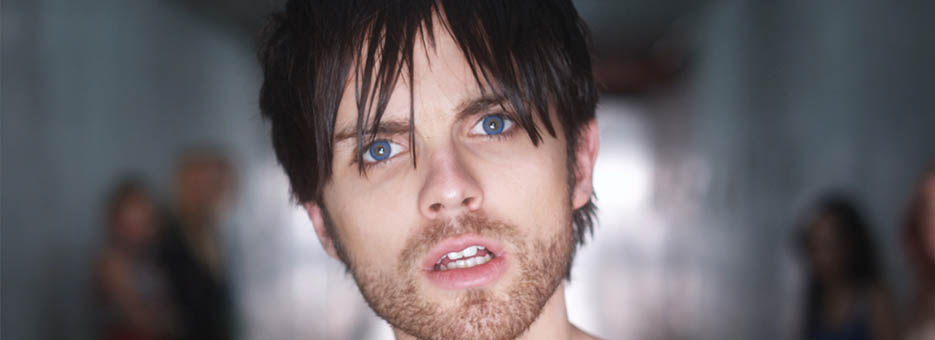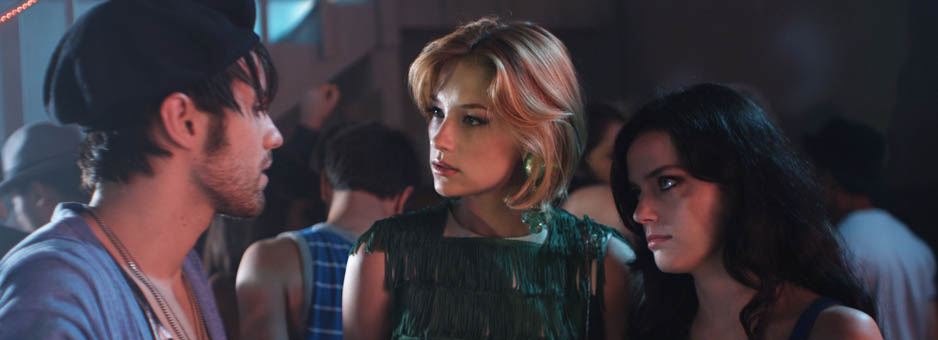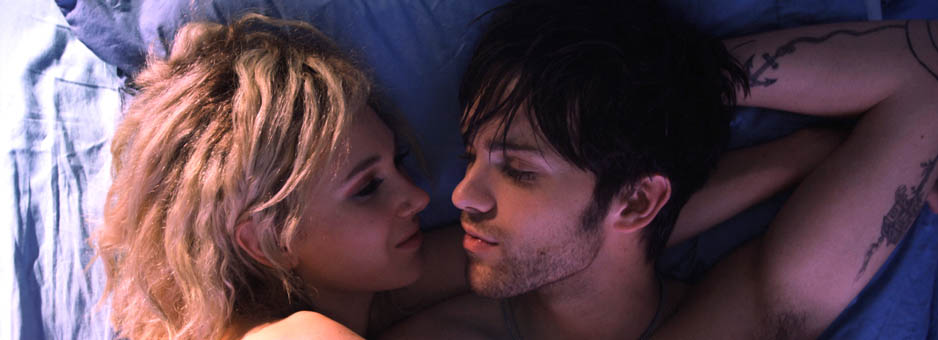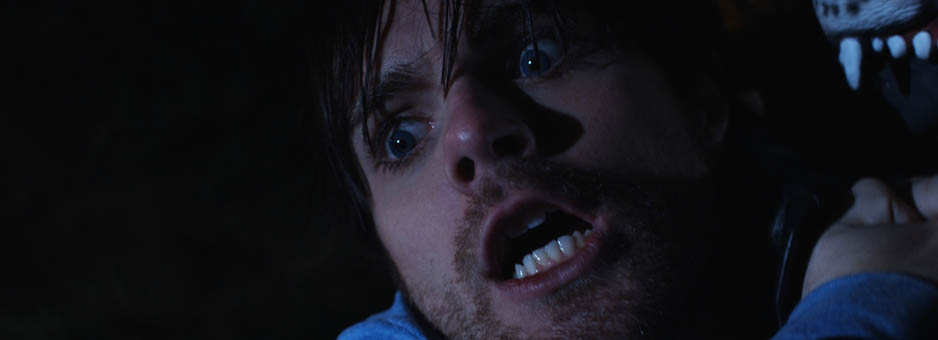Picture Head Capitalizes on Baselight's Editorial Features to Ready 'Kaboom'
LA post house gains time and creative flexibility by using Baselight as an all‑in‑one DI finishing solution
This case study also appears in Post Magazine online.
To download a PDF copy, click here.
Baselight's reputation as a superior grading platform is well known among filmmakers worldwide. Relatively few, however, are aware that the system also provides powerful compositing and visual effects tools that can be used to save time and costs in post-production, and even, potentially, to produce a complete DI master. A case in point is Kaboom, director Gregg Araki's unconventional sci-fi comedy that recently wowed audiences at the Cannes Film Festival.
A quirkily surreal tale of a libidinous film student, Kaboom was a late addition to the Cannes field and, as a result, final post work, ongoing at L.A.'s Picture Head, was suddenly thrust into high gear. The facility had just two weeks to complete visual effects, colour grading and editorial finishing, and ultimately deliver a 4K master for the screening in France.
To meet the deadline, Picture Head opted to both grade and conform the film, which had been shot with a RED camera and edited in FinalCut Pro, in its DI theatre with their Baselight HD. That resulted in a simple workflow and saved considerable time that would otherwise have been required to transfer 4K files had separate colour grading and editorial systems been used.
"We've used Baselight as a grading tool for many projects, but this was the first time that we also employed it for editorial," recalls Picture Head Vice President Matthew Flint. "Kaboom was an unusually rigorous film to grade and conform. The director went for a radical editorial approach using a lot of editorial effects, time warps and resizings. He broke a number of filmmaking rules and we were up against quite a challenge to make all that happen."
To begin the process, Picture Head imported all of the native 4K RED camera files into Baselight. XML files related to the FinalCut offline were also brought into the system. DI Colourist Adam Nazarenko and Online Editor Chuck Crews were then able to proceed simultaneously with grading and editorial finishing.
"We were able to bring over all the metadata from the FinalCut timeline and link it back to the native 4K files, and bring the show online very quickly," recalls Crews. "It was stunning how smoothly and accurately Baselight interpreted the XML file."
Doing all of the work in Baselight was useful not only given the time constraints, but also because the creative demands of the film were so great. Nazarenko certainly had his hands full in trying to achieve the look that Araki wanted. The film is an over-the-top fantasy that makes hairpin turns between the real, the unreal and the surreal, and all those perceptual shifts are reflected in the film's kinetic visual style.
"Gregg had a very specific, radical look in mind," Nazarenko says. "It's aggressive and much of the film has a dreamy quality, it's definitely not rooted in reality."
For his part, Crews was busy using Baselight's compositing toolkit to integrate visual effects shots and to replicate editorial effects created during the offline process. The latter ranged from split screen composites to intricate time compressions.
"Baselight had a lot of VFX tools that we were able to use, including glow effects and camera shakes," Crews says. "There is a car chase near the end of the film where the editors used a FinalCut plug-in called Earthquake to produce a particular shaky camera effect and we were able to process all those shots—there were about 100 of them—in Baselight. It was a huge time‑saver."
Reviewers are already hailing Kaboom as an instant cult classic. The film proved a sensation in Cannes, drawing a 15-minute standing ovation from an overflow crowd of 3000 at its midnight screening debut. IFC Films subsequently snapped up the U.S. distribution rights. That has resulted in a bit more work for Picture Head, according to Flint. "We're preparing film deliverables for the theatrical release," he says.
Flint added that his team was impressed by the extent of Baselight's editorial capabilities and that without them it would have been difficult to deliver Kaboom in time for its debut. "If we had done this in a more traditional manner, building it in an editorial box, we would have had to complete the conform and then move it over to the DI theatre," he concludes. "An hour and a half of 4K material is a lot data to move over our network. In this workflow, we were able to colour and conform in the same room, and that made it easy for us to accommodate new material when it arrived and to experiment with effects and transitions. It gave us tremendous flexibility."







